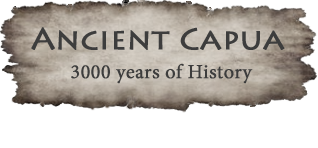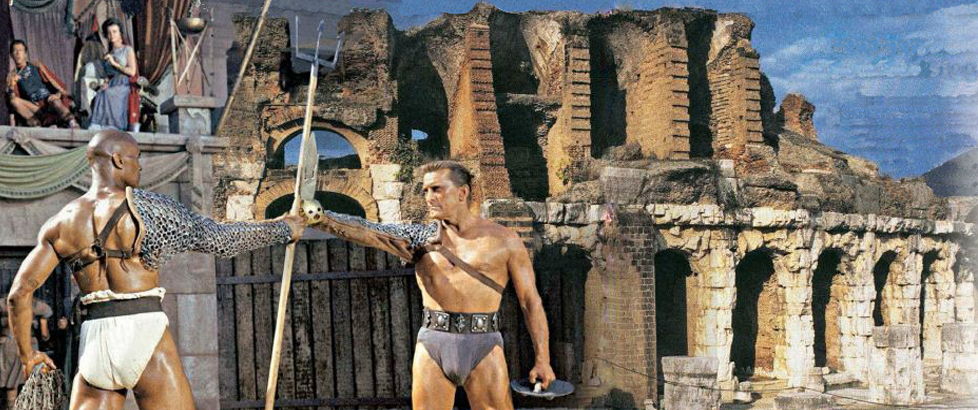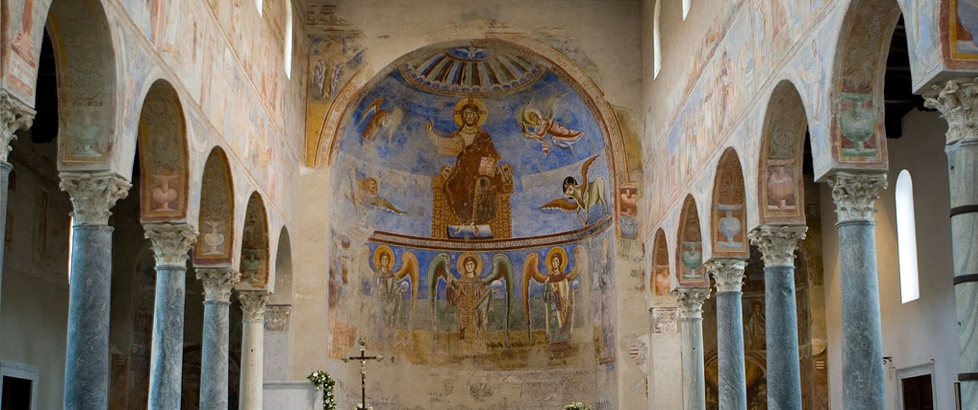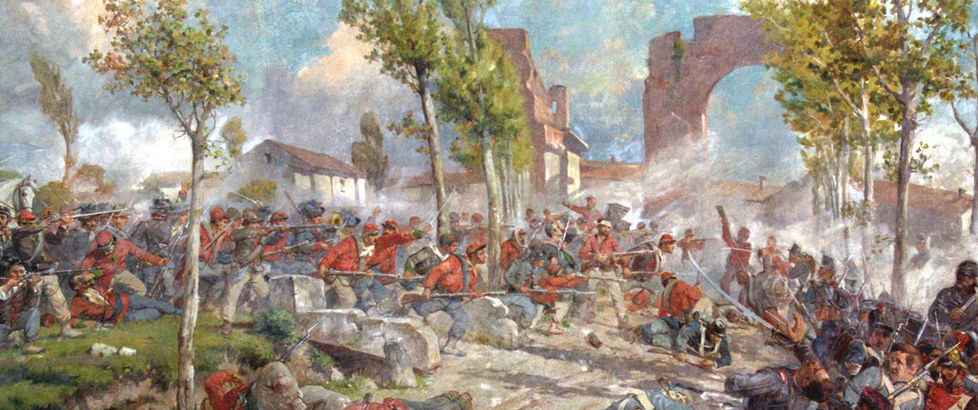-
This post is also available in: French, Italian, Spanish
Ancient Capua
Capua was one of the oldest, biggest, richest and most important cities in the ancient world.
According to the Roman historian Marcus Velleius Paterculus, Capua was founded by the Etruscans in 803 B.C. (50 years before Rome), on the site presently occupied by the modern town of S. Maria Capua Vetere. The remains of huts and grave-goods of its necropolises attest that the territory was occupied intensely and continuously from prehistoric times, as well as in the Bronze and the Iron Age.
There are many hypothesis on the origin of the name of Capua:
- from the Etruscan Capeva, that is “City of Marshes”;
- from Capys, Aeneas’ cousin, who is the legendary founder of Capua;
- from the Latin Caput, because Capua was the most important city of the southern Italy.
Cicero used to call Capua as “Altera Roma” (the second Rome), because of its beauty and wealth.
Etruscan supremacy in Campania came to an end with the Samnite invasion in the latter half of the 5th century BC.
About 424 BC it was captured by the Samnites and in 343 BC besought Roman help against its conquerors. Capua entered into alliance with Rome for protection against them. In the second Samnite War with Rome, Capua proved an untrustworthy Roman ally, so that after the defeat of the Samnites, it became the capital of Campania Felix.
In 312 BC, Capua was connected with Rome by the construction of the Via Appia, the most important of the ancient highways of Italy. The gate by which it left the Servian walls of Rome bore the name Porta Capena; the only case in which a gate of Rome bears the name of the place to which it led.
The importance of Capua increased steadily during the 3rd century BC, and at the beginning of the Second Punic War it was considered to be only slightly behind Rome and Carthage themselves, and was able to furnish 30,000 infantry and 4,000 cavalry. Until after the defeat of Cannae it remained faithful to Rome, but, after a vain demand that one of the consuls should always be selected from it or perhaps in order to secure regional supremacy in the event of a Carthaginian victory, it defected to Hannibal, who made it his winter quarters: he and his army were voluntarily received by Capua. Livy and others have suggested that the luxurious conditions were Hannibal’s “Cannae” because his troops became soft and demoralized by luxurious living in the rich Capua. After a long siege, it was taken by the Romans in 211 BC and severely punished.
Despite the defeat, Capua enjoyed great prosperity due to their growing of spelt, a grain that was put into groats, wine, roses, spices, unguents (Capuan perfume named seplasium was famous in all the Empire), and also owing to its manufacture, especially of bronze objects, of which both the elder Cato and the elder Pliny speak in the highest terms.
Its luxury remained proverbial; and Campania is especially spoken of as the home of gladiatorial combats. From the gladiatorial schools of Campania came Spartacus and his followers in 73 BC.
Capua prospered until the fall of the Roman Empire. After that, Capua was invaded by Visigoths, Vandals, Ostrogoths and then rebuilt under the emperor Justinian I in 553. The peace lasted for a shot period because the city was conquered by the Longobards in 594 and destroyed by the Saracens in 841 (in the same year there was also a terrible earthquake).









 English
English Español
Español Français
Français Italiano
Italiano